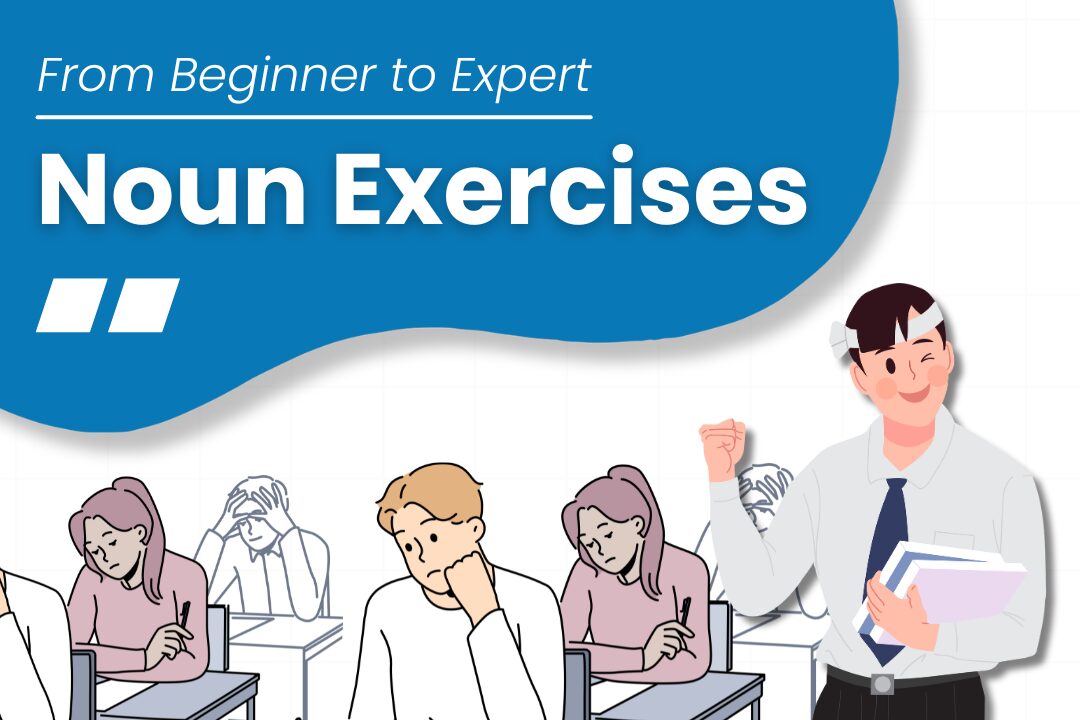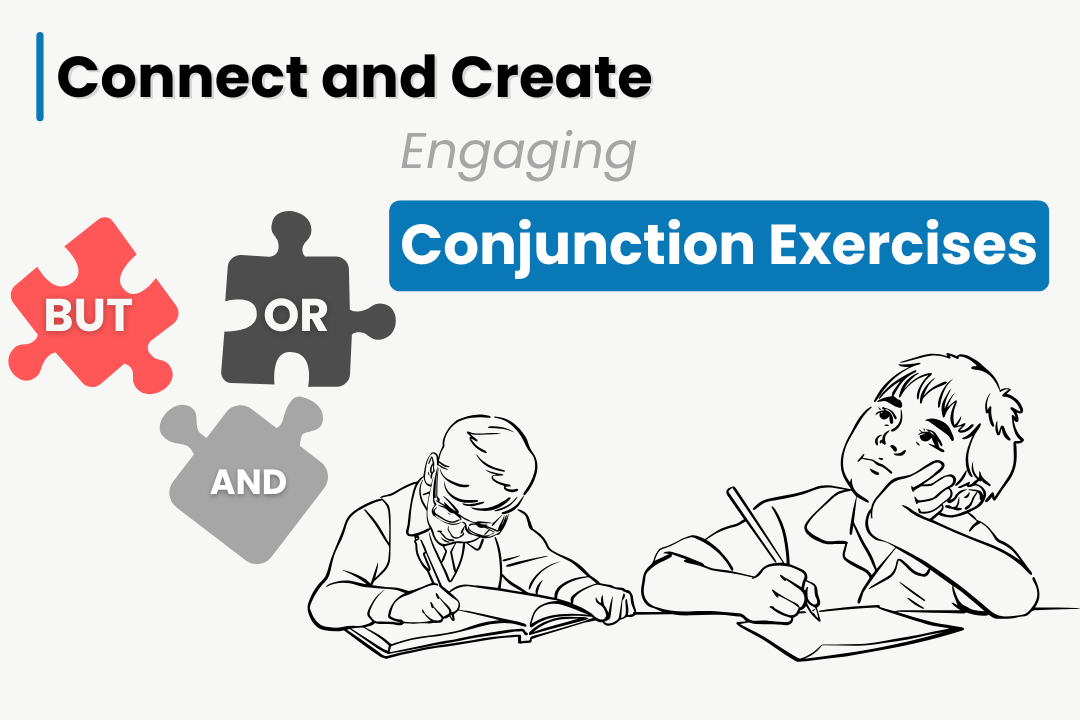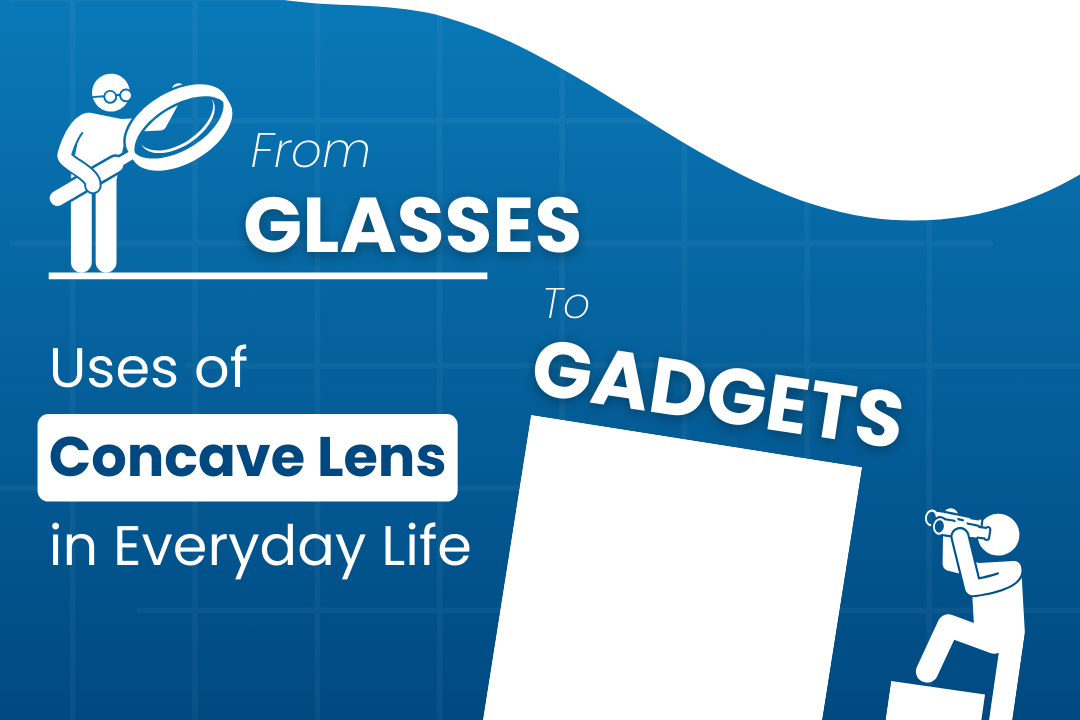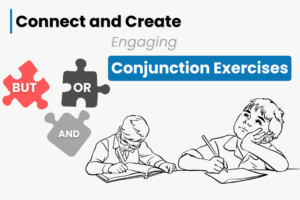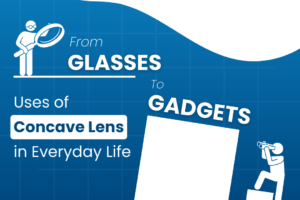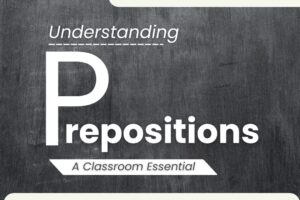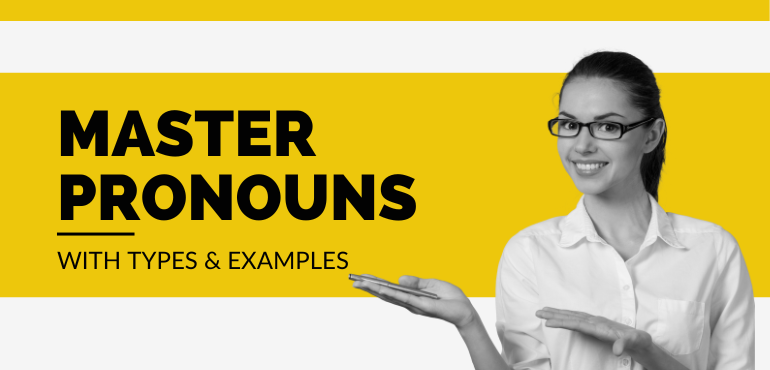
In the vast landscape of parts of speech, pronouns stand as versatile linguistic tools, streamlining communication and lending clarity to expression. Understanding pronouns and their diverse types is pivotal for effective communication. This article explores the nuances of pronouns, delving into their definitions and types and providing illustrative examples to illuminate their usage.
What are Pronouns?
An essential component of language and grammar is pronouns. These are words that act as noun replacements, preventing the overuse of nouns in phrases. Pronouns can refer to individuals, groups, objects, or concepts and are quite flexible. Examples that are frequently used are “he,” “she,” “it,” “we,” “they,” “this,” and “that.” By taking the place of particular nouns in a phrase, pronouns are essential for improving communication efficiency and clarity.
Definition of Pronouns
Pronouns are words that act as noun replacements, reducing redundancy and enhancing linguistic flow. Pronouns improve the coherence and conciseness of sentences by substituting for specific nouns. Let’s explore several kinds of pronouns, each of which has a special function in creating effective and meaningful communication.
Types of Pronouns List
Pronouns are essential parts of speech that replace nouns to avoid repetition and make sentences clearer. They come in various types, each serving a unique purpose in communication. Understanding these types is crucial for mastering grammar. For those looking to improve their language skills, engaging in pronoun exercises can significantly enhance their ability to use pronouns correctly.
Personal Pronouns:
Personal pronouns represent specific persons or things and vary based on their grammatical person. The three categories are:
- First Person: Refers to the speaker or speakers (I, we).
- Second Person: Refers to the person or people being spoken to (you).
- Third Person: Refers to the person or thing being discussed (he, she, it, they).
- Example: She is going to the store. We enjoyed the movie.
Demonstrative Pronouns:
Demonstrative pronouns point to specific items or individuals in a sentence. The primary examples are “this,” “that,” “these,” and “those.”
- Example: I prefer this book over that one.
Interrogative Pronouns:
Interrogative pronouns introduce questions and seek information. Common examples include “who,” “whom,” “whose,” “what,” and “which.”
- Example: Who is coming to the party? I wonder which book he chose.
Relative Pronouns:
Relative pronouns link dependent clauses to main clauses, providing additional information about a noun. Examples include “who,” “whom,” “whose,” “which,” and “that.”
- Example: The person who called you is waiting outside.
Indefinite Pronouns:
Indefinite pronouns refer to non-specific people, places, or things. Common examples are “all,” “anyone,” “none,” “some,” and “several.”
- Example: Everyone enjoyed the concert.
Possessive Pronouns:
Possessive pronouns indicate ownership or possession. Examples include “mine,” “yours,” “his,” “hers,” “its,” “ours,” and “theirs.”
- Example: The red car is mine.
Reflexive Pronouns:
Reflexive pronouns refer back to the subject of a sentence and emphasize that the action affects the subject itself. Examples include “myself,” “yourself,” “himself,” “herself,” “itself,” “ourselves,” and “themselves.”
- Example: She looked at herself in the mirror.
Intensive Pronouns:
Intensive pronouns, identical in form to reflexive pronouns, emphasize a preceding noun in a sentence but are not essential to the sentence’s meaning.
- Example: I myself witnessed the incident.
Pronoun Types and Examples Chart
| Type of Pronoun | Definition | Example | Sample Sentence |
|---|---|---|---|
| Personal | Pronouns that replace specific nouns that refer to people or things | I, you, he, she, it, we, they | She loves to read books. |
| Possessive | Pronouns that show ownership or belonging | mine, yours, his, hers, its, ours, theirs | This is my car. |
| Reflexive | Pronouns that refer back to the subject of the sentence or clause | myself, yourself, himself, herself, itself, ourselves, yourselves, themselves | He cut himself while shaving. |
| Demonstrative | Pronouns that point to specific nouns or pronouns | this, that, these, those | That is the book I want. |
| Relative | Pronouns that introduce a subordinate clause that modifies a noun or pronoun | who, whom, whose, which, that | The girl who won the prize is my friend. |
| Interrogative | Pronouns that are used to ask questions | who, whom, whose, which, what | Who is the author of this book? |
| Indefinite | Pronouns that refer to unspecified or unknown people or things | anyone, anything, nobody, nothing, some, any, all, few, many | Someone left a message for you. |
| Reciprocal | Pronouns that express a mutual action or relationship between two or more people or things | each other, one another | They help each other with homework. |
| Intensive | Pronouns that emphasize a noun or pronoun | myself, yourself, himself, herself, itself, ourselves, yourselves, themselves | She herself baked the cake. |
Conclusion:
Pronouns are the unsung heroes of language, enhancing communication and making speech simpler. The several kinds of pronouns each have specific functions that provide sentences clarity and nuance. Learning how to use pronouns correctly promotes clear, interesting communication in addition to grammatical precision. Proficiency with pronouns becomes an essential ability as language develops, enabling people to move with grace and clarity through the complex web of words.

